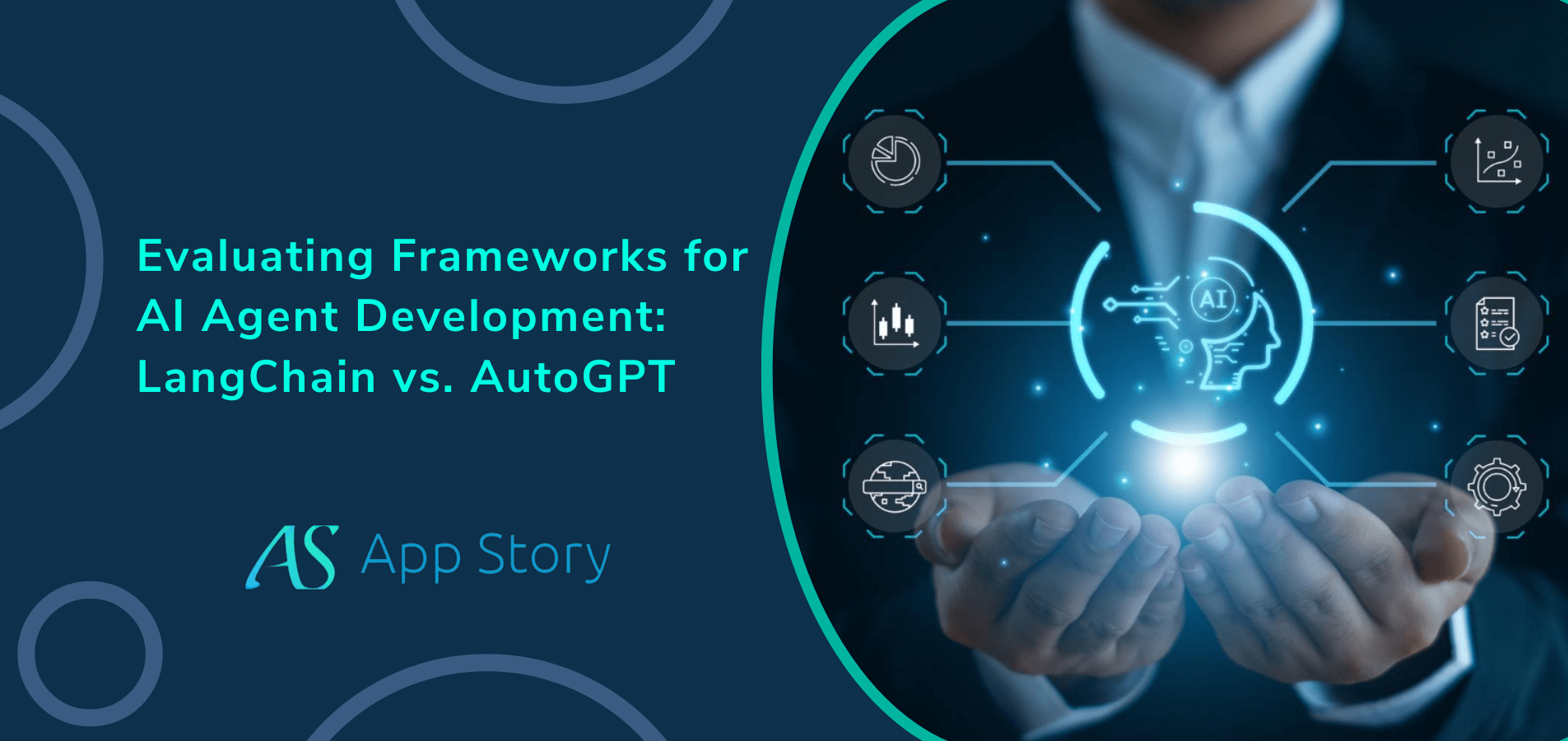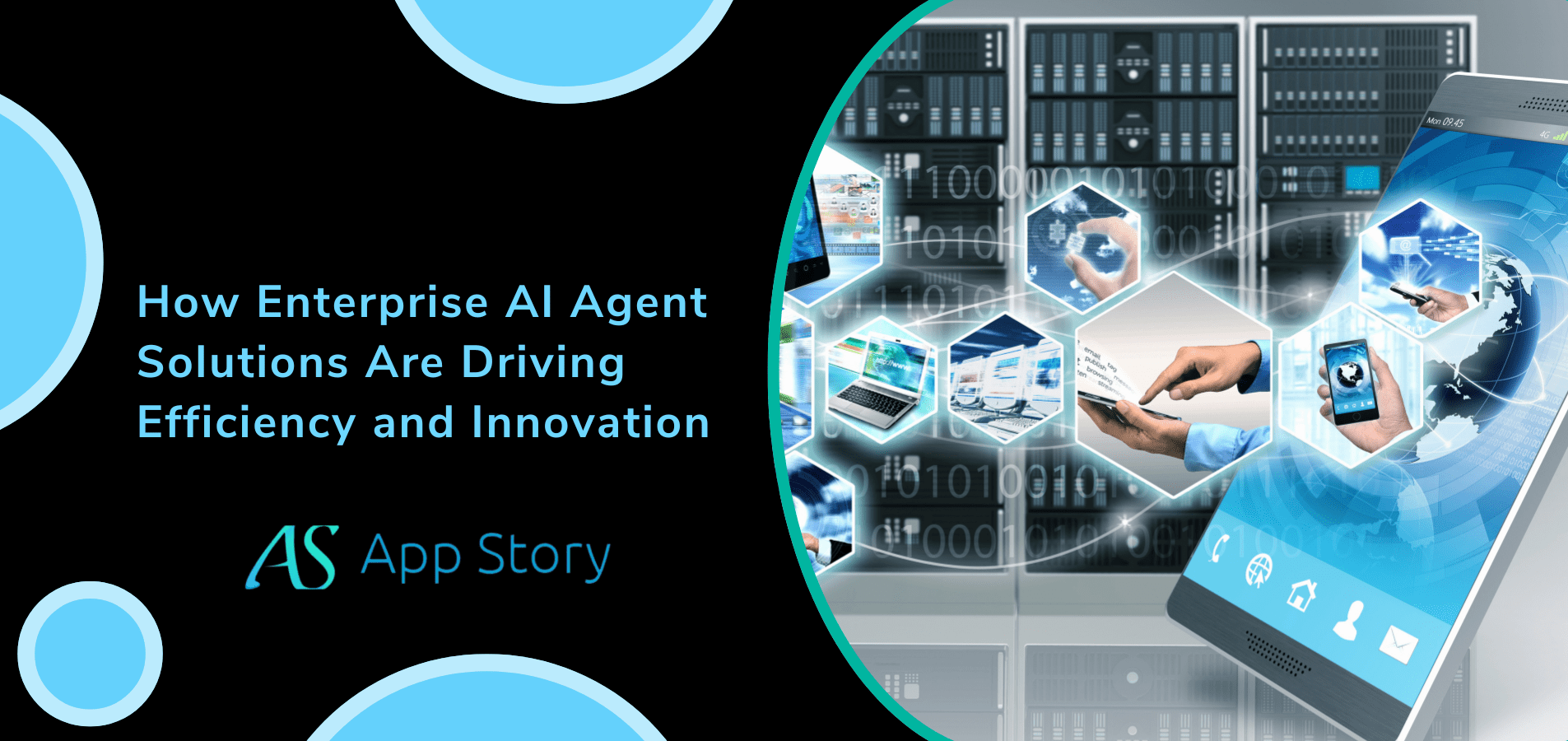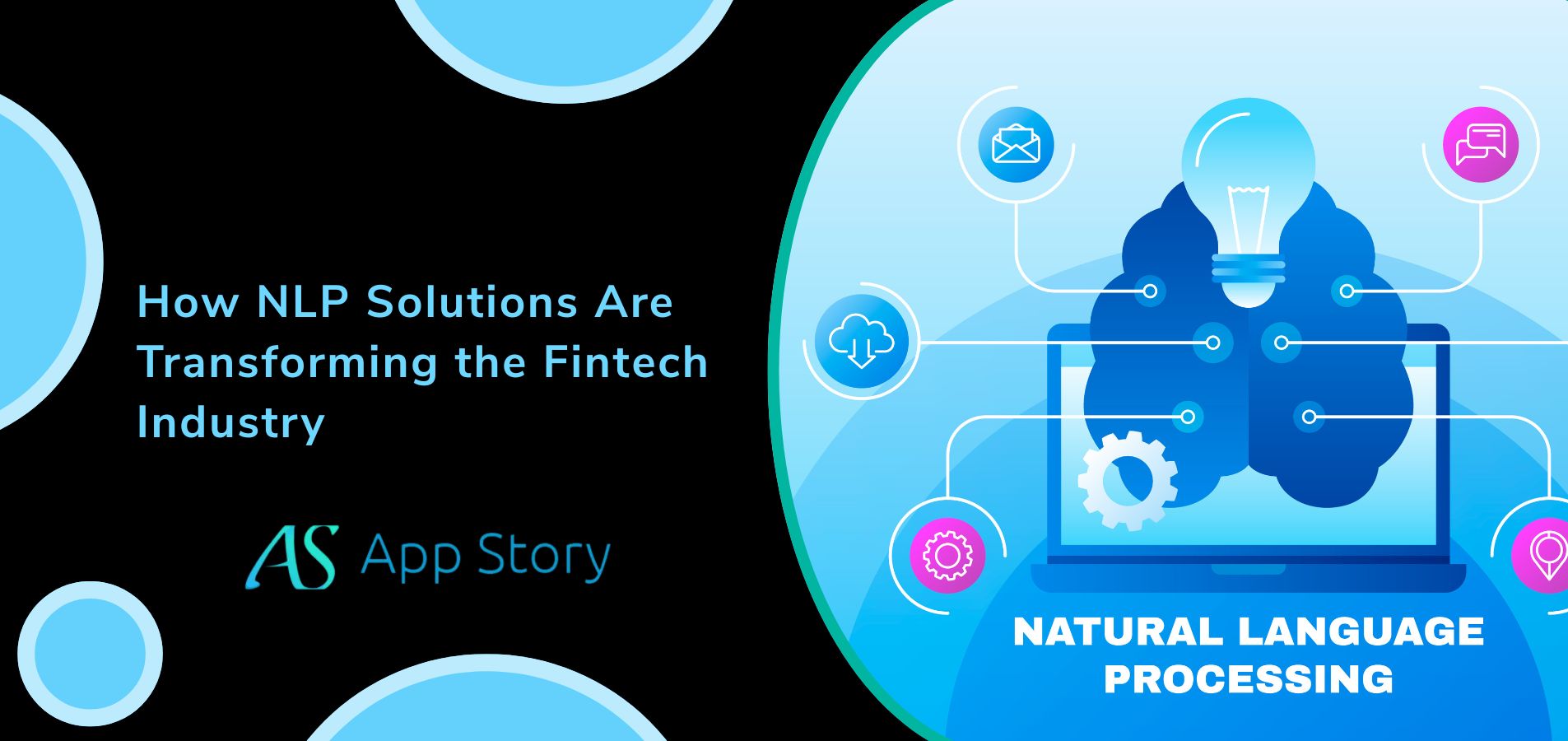Introduction
Artificial intelligence agents are quickly changing how companies and developers solve problems, automate difficult activities, and enhance processes. These agents use natural language processing models and powerful machine learning to accomplish tasks that once needed human involvement. Developers today have access to many AI agent frameworks that streamline the building of these intelligent systems.
Two of the most popular frameworks for AI agent development are LangChain and AutoGPT. Both frameworks aim to accelerate building AI agents but differ significantly in their design, capabilities, and typical use cases.
This post explores what LangChain and AutoGPT are, how they work, their pros and cons, and how to decide which framework best fits your AI development needs.
What is an AI Agent Framework?
An artificial intelligence agent framework is an assembly of tools, libraries, and components meant to enable developers to produce intelligent software agents more quickly. These frameworks provide pre-built functions for managing tasks such as:
- Understanding and generating human language
- Handling memory and context across conversations
- Integrating with APIs and external data sources
- Automating workflows and decision-making processes
Using an AI agent framework helps developers avoid redoing the wheel and concentrate on tailoring the agent to fit particular objectives. Important characteristics of a strong framework are flexibility, simplicity of use, integration capability, performance, and community support—qualities that define solid Enterprise Solutions.
Also Read: AI Agent Integration: Bridging Legacy Systems with Modern Automation Tools
Understanding LangChain
Designed to enable developers to create strong apps driven by big language models such as OpenAI’s GPT-3 and GPT-4, LangChain is an open-source framework. It helps to build “chains,” or methodologies, combining several prompts, API requests, and logic to address challenging, multi-stage issues. It is appropriate for developing AI solutions for real projects as it enables engineers to fine-tune how AI works. If you use LangChain to develop an app, it can get a user query, review the relevant data, briefly explain the results and respond to the user’s needs.
As LangChain’s feature set also supports new development needs, it offers prompt management that is important for customizing and reusing templates in order to manage context in multi-turn conversations. Also, using this you can integrate with various LLM providers and APIs. Therefore, LangChain is particularly great for projects that need transparent, step-by-step processing or those needing to combine data sources. Overall, if you are developing an AI decision-making tool or anything else, LangChain provides the flexibility and control necessary for custom AI solutions.
Introduction to AutoGPT and Its Workflow
AutoGPT is an experimental application that is open-sourced which allows for the creation of fully autonomous AI agents using GPT-4. Different from frameworks like LangChain which provide a rigid structure, AutoGPT allows a user to provide the AI autonomy by facilitating decision making on how to achieve the set objective. It works through an autonomous cycle—receiving a goal, decomposing it into smaller subtasks, finding relevant information online, synthesizing and running the necessary code, and iteratively improving the strategy based on the results. This self-controlled behavior enables AutoGPT to act like a self-driven AI assistant who can perform sophisticated and multi-step tasks with little assistance from the user.
The most defining features of AutoGPT include goal-oriented autonomy, real-time internet access, the ability to create and run code, and the ability to self-modify. With the program being open-sourced, users can add functionality, streams, and modify it as they require. For projects that have unconstrained goals, autonomous research, or multi-step problem solving, Open-ended goal projects, autonomous research, and multi-step problem-solving make AutoGPT especially useful in scenarios where human guidance should be minimal.
Also Read: How AI Agents Are Changing Enterprise IT Operations: Trends and Future Insights
LangChain vs. AutoGPT: Detailed Comparison
Selecting the appropriate AI agent framework will be dictated by whether you require greater or less control, flexibility and autonomy over your agents. The approaches of LangChain and AutoGPT to building intelligent systems are different from each other. Take a look at the table below that compares their core differentiators and hopefully this will guide you toward your next decision.
| Feature | LangChain | AutoGPT |
| Design Approach | Developer-defined workflows (chaining) | AI-driven autonomous task planning |
| Ease of Use | Requires coding and setup | Easier to start but less predictable |
| Control | High control over each step | Less control; AI decides next actions |
| Integration | Supports various APIs, databases | Basic API integration, web search |
| Use Cases | Chatbots, Q&A, content pipelines | Autonomous agents, research, automation |
| Community & Support | Large, active developer community | Growing but less mature |
| Scalability | Suitable for production applications | Experimental; not production-ready yet |
| Security & Privacy | Better control over data flow | Risk of uncontrolled actions if not monitored |
Also Read: How Generative AI and AI Agents Are Changing Automation
How to Choose Between LangChain and AutoGPT?
Your objectives, the complexity of your use case, and the knowledge of your team will determine the correct framework for the development of AI agents. Below is a breakdown to help you make an informed decision between LangChain and AutoGPT:
- Consider Your Project Needs
- LangChain: Ideal for projects that require fine-grained control over workflows and modular, step-by-step task execution.
- AutoGPT: Best suited for high-level goals where the agent can independently determine and execute tasks with minimal guidance.
- LangChain: Ideal for projects that require fine-grained control over workflows and modular, step-by-step task execution.
- Evaluate Team Skills
- LangChain: Requires stronger programming skills and familiarity with orchestrating multiple tools and APIs. Great for developers looking to build structured, reliable systems.
- AutoGPT: Offers a more accessible experience for rapid experimentation. Minimal setup allows non-experts to explore autonomous agent behavior.
- LangChain: Requires stronger programming skills and familiarity with orchestrating multiple tools and APIs. Great for developers looking to build structured, reliable systems.
- Assess Use Case Complexity
- LangChain: Works well with complex pipelines involving APIs, databases, and multi-step logic. Perfect for enterprise-level and production-grade systems.
- AutoGPT: Excels in exploratory tasks like market research, data collection, or generating ideas without strict step-by-step rules.
- LangChain: Works well with complex pipelines involving APIs, databases, and multi-step logic. Perfect for enterprise-level and production-grade systems.
- Factor in Stability and Control
- LangChain: Provides deterministic outputs and better error handling, which is critical for mission-critical applications.
- AutoGPT: Still experimental and may produce unpredictable results, requiring close monitoring during execution.
- LangChain: Provides deterministic outputs and better error handling, which is critical for mission-critical applications.
- Integration & Extensibility
- LangChain: Easily integrates with various tools like vector databases, APIs, and cloud services for robust agent design.
- AutoGPT: Limited extensibility at the moment, but suitable for stand-alone agents with fewer dependencies.
- LangChain: Easily integrates with various tools like vector databases, APIs, and cloud services for robust agent design.
- Development Speed
- LangChain: Involves more upfront design but results in scalable and maintainable systems.
- AutoGPT: Faster to get started, especially useful for prototyping or validating an autonomous workflow.
- LangChain: Involves more upfront design but results in scalable and maintainable systems.
Future of AI Agent Frameworks
The future of AI agent frameworks is poised for exciting advancements, blending the strengths of LangChain’s precise control with AutoGPT’s autonomous capabilities. AI Agent Development Company solutions will likely lead the way in creating hybrid frameworks that offer both flexibility and independence, alongside improved safety features to manage autonomous agents responsibly. Improved multi-modal processing and flawless interaction with business systems will also help AI agents to be more flexible and useful. Creating AI agents will become available to a wider spectrum of consumers as user-friendly technologies develop, hence boosting innovation and adoption throughout sectors. For companies as well as developers, keeping current with these developments will be absolutely vital.
Conclusion
In conclusion, we have discussed in depth about LangChain and AutoGPT, which are two different approaches to AI agent development, yet have a great effect on businesses. As LangCahin is ideal for AI developers who are looking for a precise, modular workflow with strong control, making it perfect for prediction-ready applications. Also, AutoGPT presents autonomous AI agents that are able to solve challenges with lower human involvement. Therefore, your project objective, team experience, and desired balance between control and autonomy will all influence which of them you choose. Overall, both AI agents are great. It is up to you what you choose. Make sure to make an informed decision according to your business.






 United States
United States United Kingdom
United Kingdom India
India Canada
Canada Singapore
Singapore















![10 Benefits of the Internet of Things You Should Know [2025]](https://cdn-dkjjl.nitrocdn.com/LPyQRQuQQgeCWnCNuygqLTfDwWSgOhAI/assets/images/optimized/rev-dfb6f24/www.appstory.org/wp-content/uploads/2025/03/ATS-10-Benefits-of-the-Internet-of-Things-You-Should-Know-2025@2x-80x60.png)




















